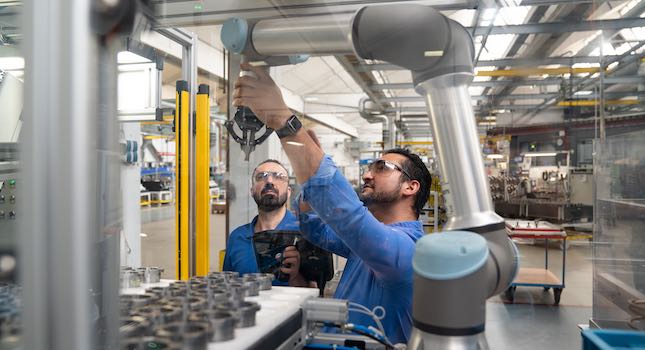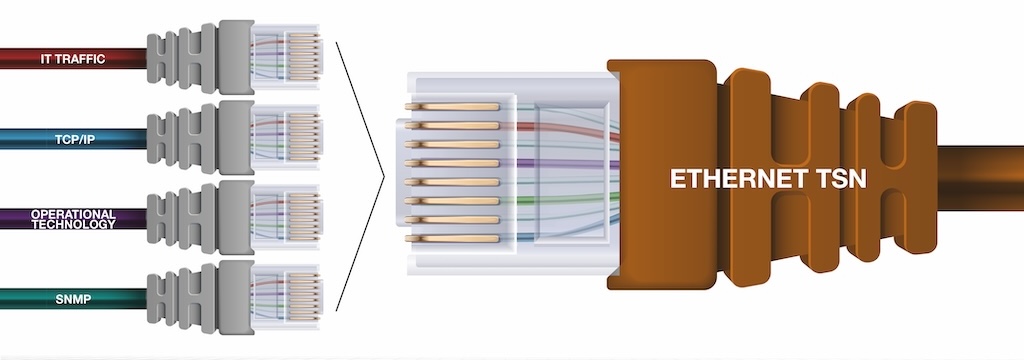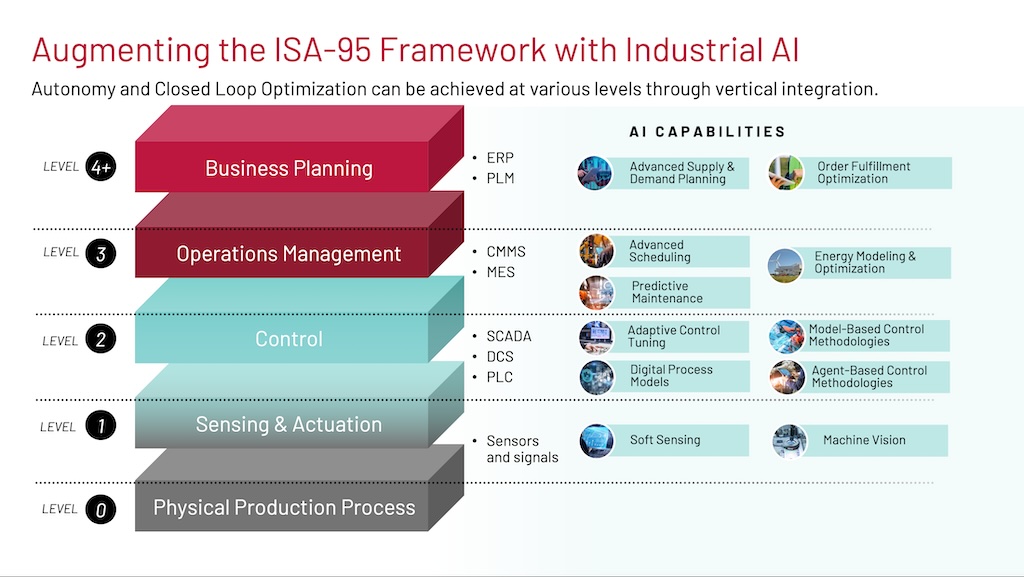The Industrial Internet of Things (IIoT) and condition-based maintenance (CBM) alter the way we identify, assign and complete work

Recent world events have reinforced the need to accommodate remote management, as in being able to maintain business-critical machines with many maintenance and reliability professionals working away from the plant. As a result, numerous Cloud-based technologies that maintenance organizations may have viewed as “down-the-road” are now seen as much more urgent.
Among those technologies are sensors and other components of Industrial Internet of Things (IIoT) projects, which a 2019 Fluke Corp. survey determined were already in the planning stages by 50% of the maintenance and reliability (M&R) pros who responded.
However, that same Fluke survey found that more than half of the maintenance teams interviewed consider the IIoT process to be more cumbersome than envisioned because of an essential prerequisite: collaboration with other teams and departments.
Despite the business upheaval triggered by the COVID-19 pandemic, teams are now believed to be even more committed to embracing IIoT and the benefits of condition-based maintenance (CBM). This view is based on 2020 customer research, webinar attendee surveys and more.
As we move toward a post-pandemic environment — at some point — companies are expected to start backing up their planning and scheming with actual spending on solutions for monitoring asset health, managing teams and prioritizing maintenance activities remotely. Through most of 2020, spending has been curtailed by companies nervous about moving ahead in the throes of a pandemic.
As these companies inch closer to the IIoT execution phase, many potential pitfalls await them. According to a McKinsey & Co. survey in 2018, more than 80% of IIoT pilot programs will fail.
If the IIoT is in your organization’s future, here five expert tips to help give your company a chance for success.
1. Focus on the proper IIoT change management implementation
IIoT and CBM alter the way people identify, assign and complete work. The shift requires people to validate the concept through strategic and tactical know-how. While working with a client on a past IIoT initiative, the organization’s management identified resisters first and sought to go around them for pilots. Circumventing personnel can create distrust and friction. A better way to gain support is to enlist help from change advocates and influencers within the team.
A person’s job and maintenance experience can significantly influence their perception of an IIoT program. Welcome opposition and their questions and address their concerns. Stress that IIoT does not eliminate jobs but rather enables teams to focus on what they do best while automating monitoring equipment functions.
Answering questions about why the company wants to change, why data is essential and how it will impact personnel must involve cross-departmental teams, communication plans and checkpoints. This level of cross-team communication should span the life of the pilot.
Work to ensure people feel invested and engaged in the outcome (see Figure 1).
2. Steer clear of project silos and disorganization
Articulate the desired outcome and the role that IIoT plays in an organization. Fluke Reliability previously worked with an organization whose electrical engineering and reliability group accidentally discovered it was competing for budget dollars for duplicate pilots to collect the same data—from different assets.
During a cross-departmental meeting, it became apparent that the two departments were working on the same initiative. The groups determined they could make a more strategic decision by defining a set of slightly broader standards.
Although the awareness disrupted the original schedule, it allowed the organization to position for a more effective selection process and pilot. A one-size-fits-all doesn’t exist when it comes to technologies, data and applications (see Figure 2). Try to know what other groups are doing and determine if the outcome was an eagle or a bogie. Ask:
- What did the deployment look like?
- How was the vendor support?
- What did the data look like, and where did it go?
- Could it have an impact on other areas or departments?
3. Plan and execute an IIoT pilot program
A pilot is an experiment, an agreement to try IIoT together and to test against expectations. Investing too much too soon in new technology can be risky. Large investments mean higher and more diverse expectations. In some cases, even a win can be seen as a failure due to incorrect assumptions. Establishing requirements and determining how a “win” looks will reduce project misjudgments (see Figure 3).
Most organizations view maintenance as overhead that is usually the last to secure a portion of the budget. Putting too many eggs in one basket can heighten the risk. Consider deploying IIoT connectivity technologies such as Connect2Assets and Fluke Mobile as trials to experience their benefits without fully committing to the investment.
Take steps to protect any venture into new technology wherever possible. A launch failure can hinder future chances to innovate. Common ways to manage the risk and cost of an IIoT pilot include:
- Planning a strategic, phased and prioritized launch
- Finding a partner invested in your success
- Determining if there’s an inexpensive proof-of-concept option
- Concentrating on scalability
- Possessing transparency, including weaknesses.
4. Avoid IIoT stagnation and lethargy
Day-to-day responsibilities must continue during a pilot. They are generally led and monitored by subject-matter experts (SMEs) and/or reliability leaders.
Once a pilot launches and the early excitement fades, it can be challenging to maintain interest while everyone juggles conflicting priorities (see Figure 4). Here are seven ways to stay focused:
- Identify a group of assets to pilot.
- Develop a small project plan.
- Schedule meetings at relevant intervals.
- Plan touchpoint, gate check and milestone meetings.
- Maintain key stakeholder involvement.
- Envision a finish line.
- Determine your next steps for when the pilot ends.
5. Select the right IIoT partner
The IIoT journey is unique to each organization. Companies investing their time and money should nurture partnerships that go beyond the typical vendor relationship. Providers should be able to deliver a blend of real-world expertise, technical innovation and continuous support.
Thousands of companies attempt to sell some version of artificial intelligence (AI) and IIoT. When making a decision, be aware there are some things certain technologies do that differentiate themselves from others.
Do the various technologies and functionalities fit into a broader, cohesive vision? Have they built something that doesn’t address the needs of the customer? Do they start with technology or customer experience?
Other critical questions to ask before choosing your IIoT partner include (see Figure 5):
- Does their vision align with yours?
- Do they have a history of successful partnerships?
- Do they have longevity, and are they stable?
- What does their roadmap look like?
Now you know why certain IIoT pilot programs will fail and have some strategies for achieving success with your plan.



